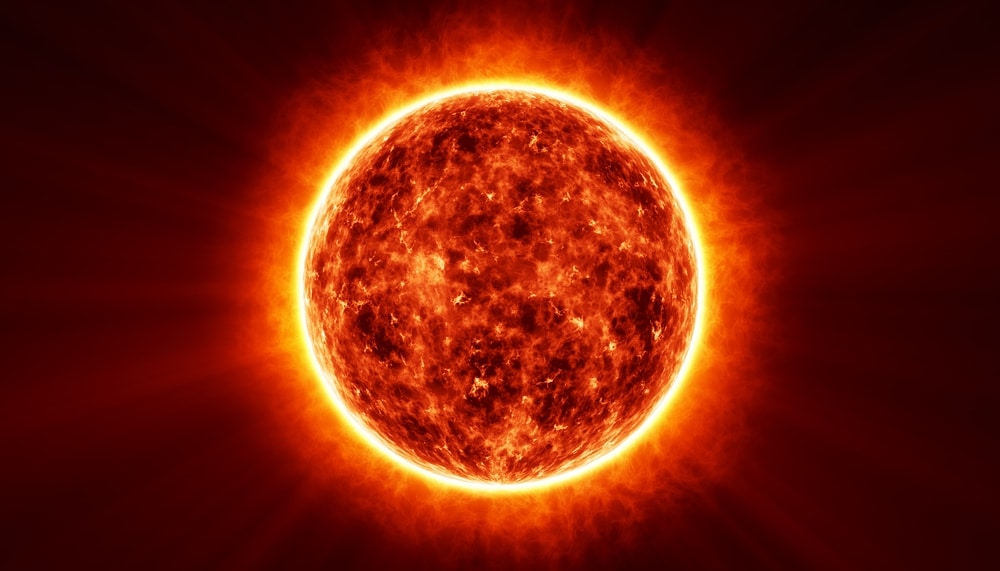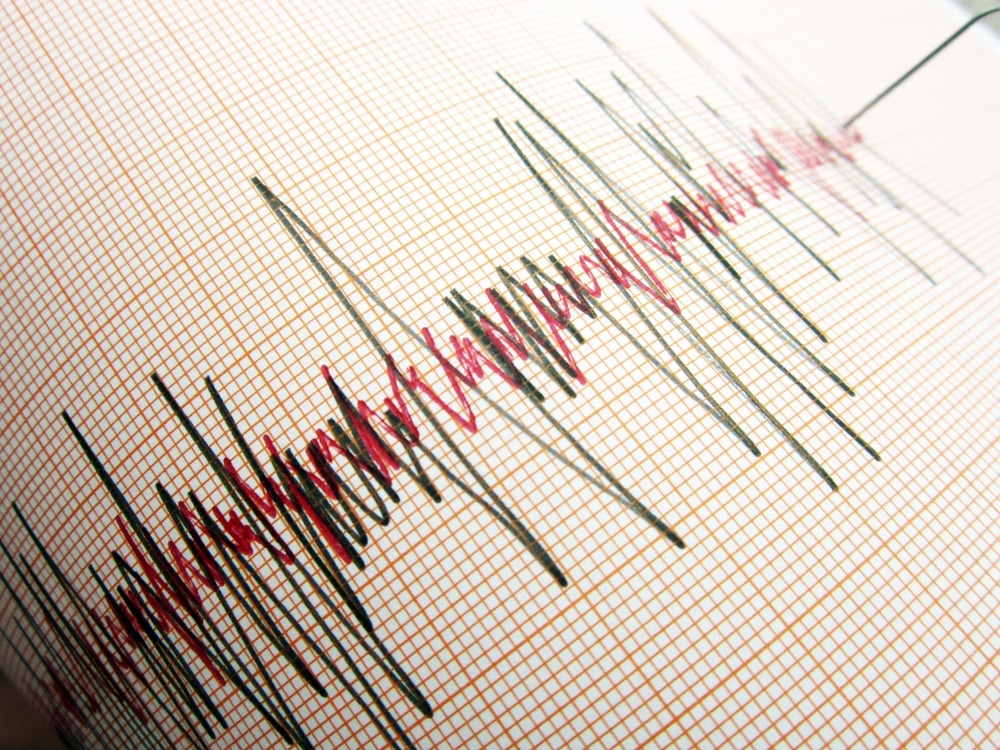(OPINION) Five years ago a very strange object made a very strange journey across the solar system. Shiny, reddish in color, oblong, somewhere between 300 and 3,000 feet in length and moving at an eye-watering 16 miles a second, the object zoomed into our system and past the sun.
When Canadian astronomer Robert Weryk first noticed the thing in a telescope survey in October 2017, it was already on its way out of our system. Astronomers were baffled by this object, which they named “`Oumuamua.” That’s Hawaiian for “scout.” No one knew for sure what `Omuamua is—or isn’t.
Just one leading scientist was willing to say what others may only have been thinking. `Oumumua’s speed, course and shape were possible signs it’s an alien craft, according to Avi Loeb, a Harvard physicist. “The possibility of an artificial origin for `Oumuamua must be considered,” Loeb wrote in a hallmark 2021 study.
Loeb’s position—that we should at least entertain the possibility that `Oumuamua is a spacecraft and investigate accordingly—has been controversial, to say the least. Now, a Chinese team is trying to dismantle one key part of Loeb’s argument: If `Oumuamua is an alien ship, it might be propelled by a super-thin light-sail that captures particles from stars.
There’s no sign of a sail in the scant data we have on `Oumuamua, the Chinese team asserted in their own peer-reviewed study, which has been accepted for publication in the journal Astronomy and Astrophysics and appeared on-line on Wednesday. “We conclude that the possibility of `Oumuamua being a light-sail is extremely unlikely,” Shangfei Liu, an astronomer at Sun Yat-sen University in Zhuhai, China, told The Daily Beast.
It should go without saying that Loeb disagrees. “There are a few points that the authors have overlooked,” Loeb told The Daily Beast. The argument from Shangfei and his colleagues boils down to this: Lightsails, which capture photons the way ships’ sails capture wind and are an increasingly popular way of propelling spacecraft we build here on Earth, tend to be big square things that reflect a lot of light or very little light. It all depends on the angle to the observer as well as how much the craft they’re attached to spin.
So as `Oumuamua streaked across the solar system, it should have been really bright at some points—and all but invisible at others. And while `Oumuamua did get brighter and darker from our point of view on its weird journey, it didn’t get bright enough, Shangfei said. “If it was a lightsail, the brightness variation should be much larger.” READ MORE


















